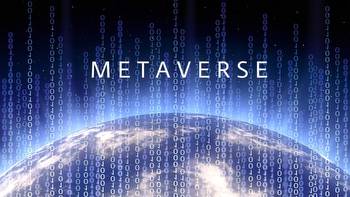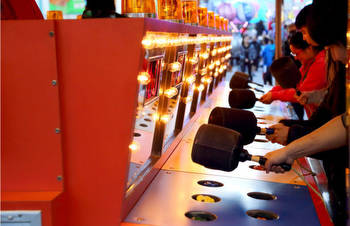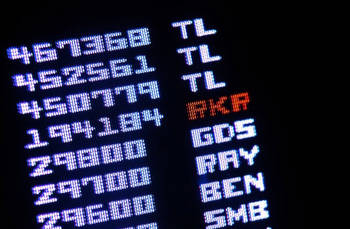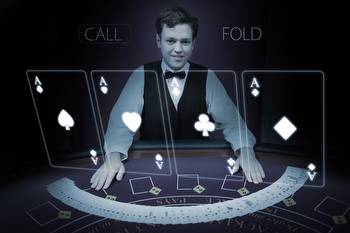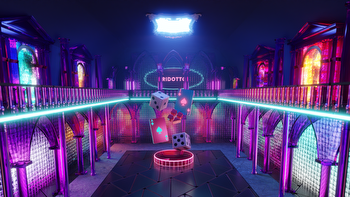Virtual Casinos: What NFT Gambling Looks Like in the Metaverse

Gambling has become more legitimized in the modern era. Internet gambling industry raked in $58.2 billion in revenues in 2021. Metaverse casinos are a new approach to remote gaming. In this article, we go into how metaverse gambling works and if it has a viable future in interactive gaming landscape.
Online casinos began using NFTs and blockchain technology around 2012. Curacao-based regulator Antillephone approved these hubs. N FTs entered the gambling fray with the emergence of metaverses. They let users interact and transact with others in their usually Ethereum-powered economies. They have a fungible token that assumes the role of legal tender, money, and non-fungible ones.
There are a few casinos in the Metaverse. The most famous is the ICE Poker property in Decentraland. Tominoya Casino is a Japanese-themed facility with three wings. Somnium Space residents are considering gambling. The Sandbox is another Metaversal with a similar concept.
The future of Web3 and NFT gambling mainly relies on gambling and crypto regulations. Decentraland’s ICE Poker navigated away from a legitime gambling platform to a play-to-earn system. The future state of the gaming industry is unpredictable.
No state regulates NFT casinos. Malta Gaming Authority has struggled with the notion of allowing virtual money on their licensed platforms for years. UKGC made cryptos a fiat money equivalent in 2016. US state gaming regulators do not oversee or approve metaverse casinos, and no state has cryptocurrency regulation.
GamStop is the UKGC’s mandatory self-exclusion scheme. NFT non GamStop Casinos are dominantly crypto ones that allow Brits to join their ranks.
Virtual casinos are an exciting new frontier. The path to success for this gaming genre remains unclear.











